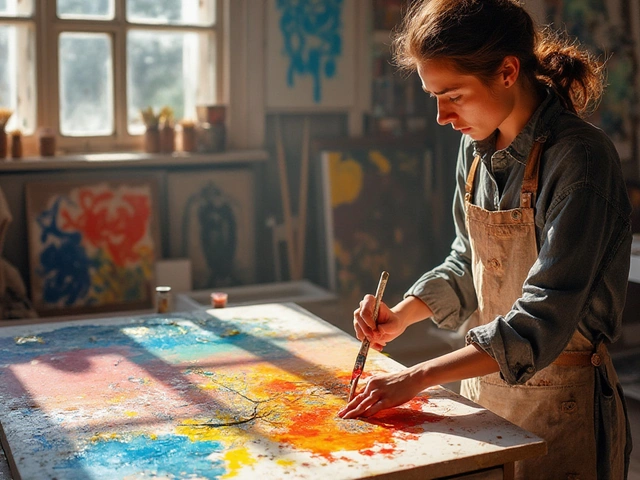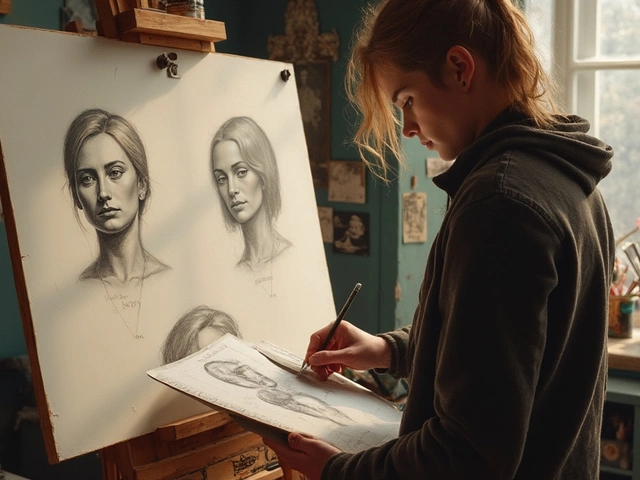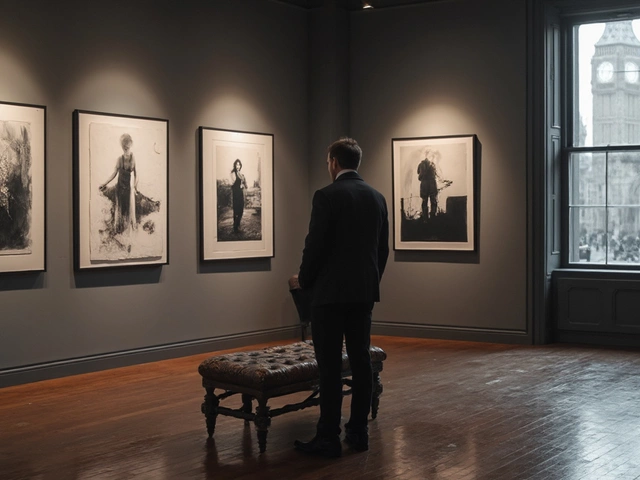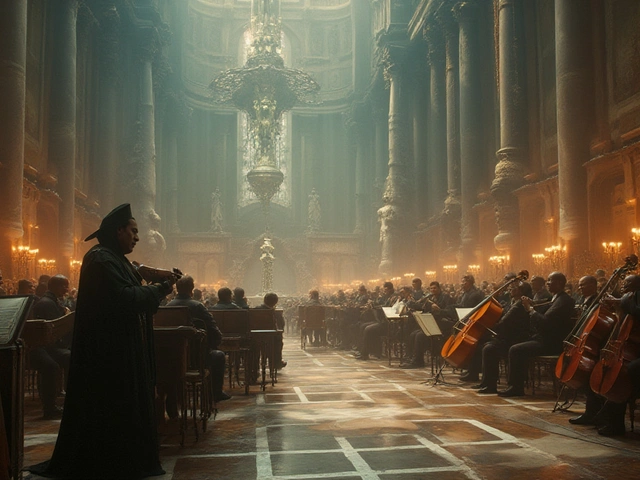Landscape Paintings: History, Technique, and Modern Twists
When exploring landscape paintings, artworks that capture natural scenery such as fields, mountains, and coastlines. Also known as scenic painting, they have guided travelers, educated viewers, and inspired countless artists across centuries.
One frequent question is whether people in landscape figures that add narrative depth to natural settings belong in the composition. Adding a shepherd, a fisherman, or a wandering traveler can turn a pure view into a story, creating a link between the viewer and the scene. Historically, artists like Claude Lorrain used tiny figures to hint at scale and human presence, while contemporary creators often blend realistic figures with abstract horizons. This blend shows how landscape paintings can serve both as a record of place and a stage for human drama.
Techniques, Materials, and Influences
For anyone ready to start, oil painting a medium prized for its rich colors, blendability, and lasting durability remains the classic route. The medium lets artists layer glazes, build depth, and capture the subtle shift of light across a valley. Key steps include preparing a primed canvas, sketching the composition, and planning a limited color palette that mirrors natural tones. Using the Goya technique—a dramatic underpainting + glaze method—can add intensity to shadows and make daylight feel tangible.
Meanwhile, landscape photography the practice of capturing real-world scenery through a camera lens has sparked a fresh debate: is a photograph a fine‑art piece or just a pretty snapshot? Modern photographers often influence painters by introducing new perspectives, such as aerial views or long‑exposure effects. When painters study these photos, they can adopt fresh compositional tricks—like leading lines or golden hour lighting—directly into their canvases. This cross‑pollination proves that landscape paintings continually evolve, borrowing from technology while staying rooted in traditional brushwork.
Art history shows that the genre has never been static. From the pastoral idylls of the 17th‑century Dutch masters to the bold, almost abstract vistas of the 20th‑century American West, each era reinterpreted nature to reflect cultural values. Today, the conversation includes environmental concerns, digital reinterpretations, and hybrid works that merge painting with augmented reality. Below, you’ll find articles that dig into these topics: guides on adding figures, deep dives into the origins of the genre, practical oil‑painting tutorials, and analyses of photography’s role in modern landscape art. Dive in to see how the past informs the present and get ideas you can apply to your own creative projects.
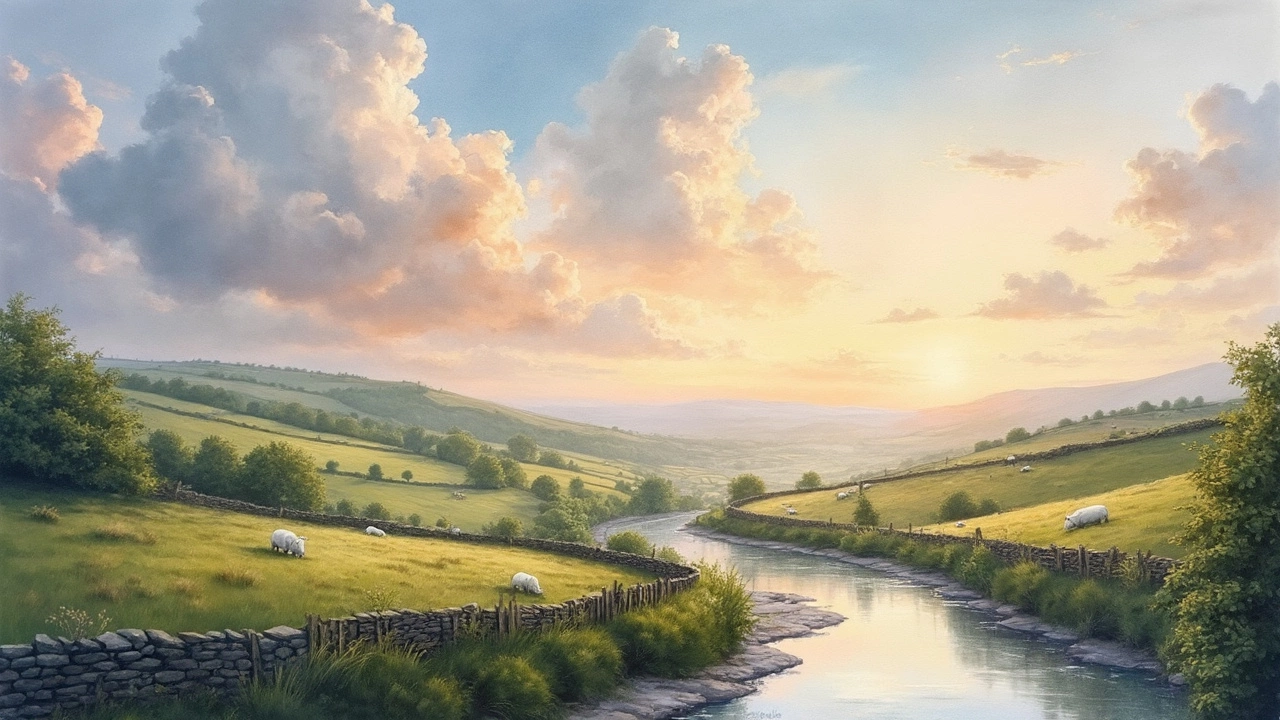
Are you wondering about the various names that landscape paintings can have? Discover the terminology linked to landscape paintings and gain insights into the different styles and techniques artists use. We'll also explore some interesting facts about famous landscape artists and provide tips for aspiring painters. Dive into the art world with practical advice and real-world examples to enhance your understanding.
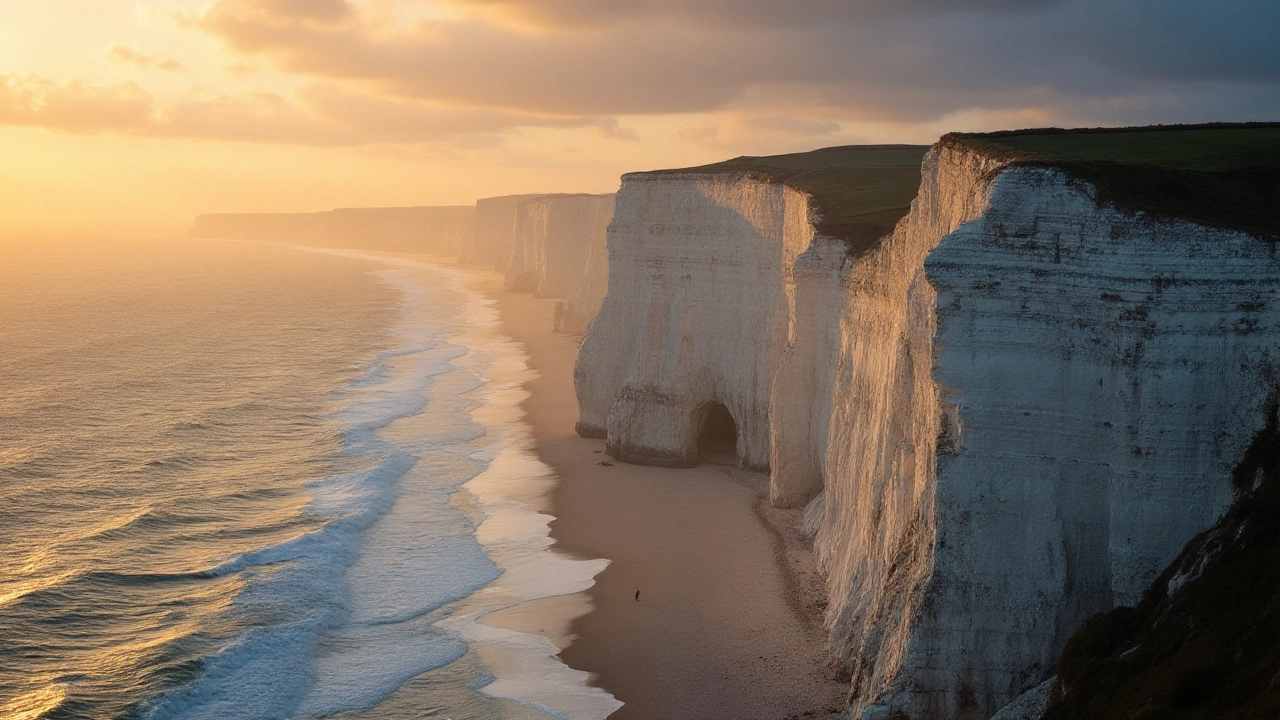
Landscape photography and painting often evoke the image of wide, sweeping vistas captured horizontally. However, exploring vertical compositions can reveal unique and unexpected perspectives. This article delves into the artistic possibilities of both orientations. It looks at historical and modern examples, offering practical tips for artists hoping to expand their creative repertoire.
